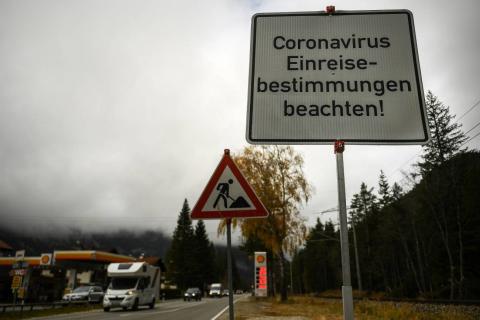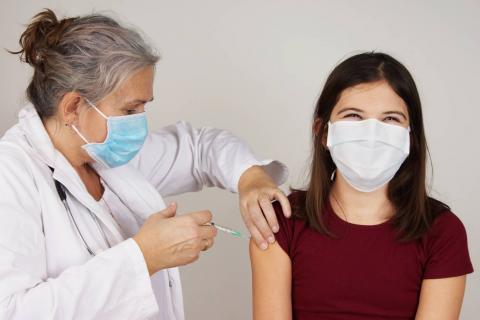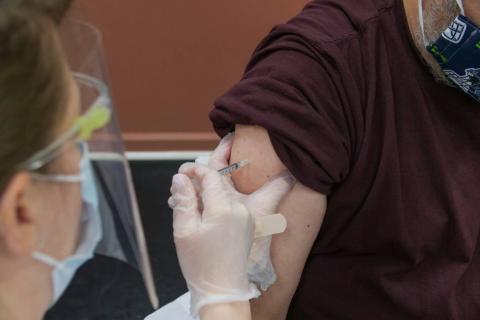Reaction to study looking at delta transmission in British homes
An analysis of 602 community contacts of 471 covid-19 index cases indicates that the secondary attack rate (SAR) for household contacts exposed to the delta variant is 25% in fully vaccinated individuals, compared to 38% in unvaccinated individuals.

In households, where interaction is closest and longest, there are clear public health implications for the control of SARS-CoV-2 transmission / Pixabay.
Óscar Zurriaga - transmisión delta británicos EN
Óscar Zurriaga
Professor of Preventive Medicine and Public Health at the University of Valencia and outgoing president of the Spanish Society of Epidemiology (SEE).
The article attempts to explain how and why the delta variant is transmitted as efficiently as it is in populations with high vaccine coverage.
It is a population-based cohort study based on PCR-confirmed index cases of COVID-19 with symptoms. Contacts were identified, aged 5 years or older, notified within five days of the onset of symptoms of the index case. They were categorised into household and non-household contacts.
The findings are directed in two directions: differences in secondary attack rates (SARs) in household and non-household contact groups and according to their vaccination status, and viral loads between these groups and their evolution over time.
The results are consistent with what has been published on the ability of COVID-19 vaccines to prevent or not prevent transmission of infection. The paper adds quantitative value to this result in the specific setting of households, where personal interaction is closer and more prolonged, which has clear public health implications for transmission control.
It should be noted that the main limiting factor and potential confounder is age. Probably due to the UK vaccination strategy, which is otherwise similar to that of other countries, the age of the study participants is lower than that of the non-vaccinated groups infected with the delta variant. Age, on the other hand, also plays an important role in viral load peaks.
The authors counter this limitation by arguing that the higher secondary attack rate observed in unvaccinated contacts is unlikely to have been due to younger age rather than lack of vaccination. They add that, on the other hand, there is no published evidence showing increased susceptibility to SARS-CoV-2 infection with younger age. Perhaps if the number of cases (indices and contacts) collected were larger, and the circumstances different, this limitation could have been overcome, but it is difficult to do so in the contextual circumstances in which the study was conducted (vaccination in decreasing age groups and increasing vaccination coverage as the follow-up period unfolded).
The authors' main conclusion is that, although vaccination reduces the risk of delta-variant infection and accelerates viral clearance, fully vaccinated persons with post-vaccination infections have a peak viral load similar to that of unvaccinated cases and can efficiently transmit infection in household settings, even to fully vaccinated contacts.
Given that the home environment may represent a setting of increased personal interaction, the authors themselves emphasise that protection must be direct through, primarily, vaccination and non-pharmacological interventions, which remain essential. The results presented in the article show this. And in the area of vaccination, booster programmes and adolescent vaccination are also identified as helping to increase the currently limited effect of vaccination on transmission.
It represents a call for attention to the elimination of measures, even in settings where fully vaccinated people interact, although it is true that the home environment may be the least likely to sustain them.
It is essential that population-based or community-based studies are carried out, which are closer to what happens in reality and provide results that have implications for action and intervention in the health of populations.
Anika Singanayagam et al.
- Research article
- Peer reviewed
- Observational study
- People



